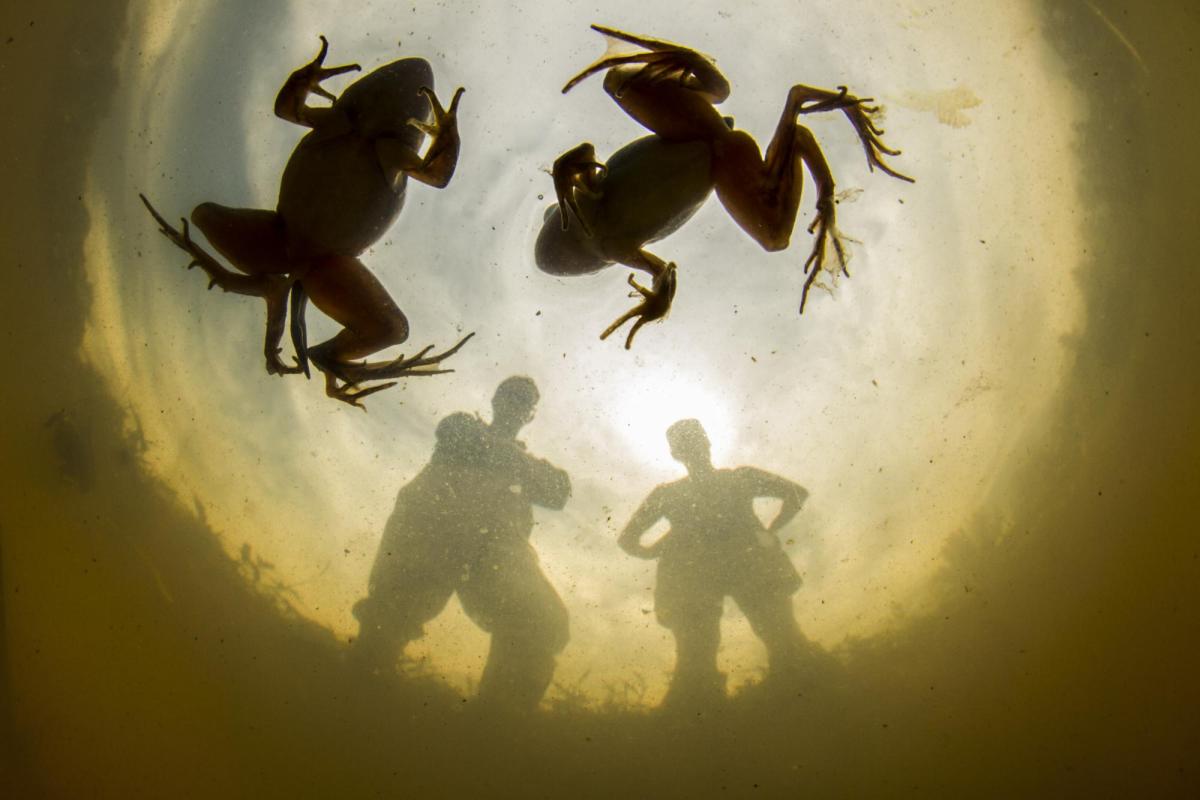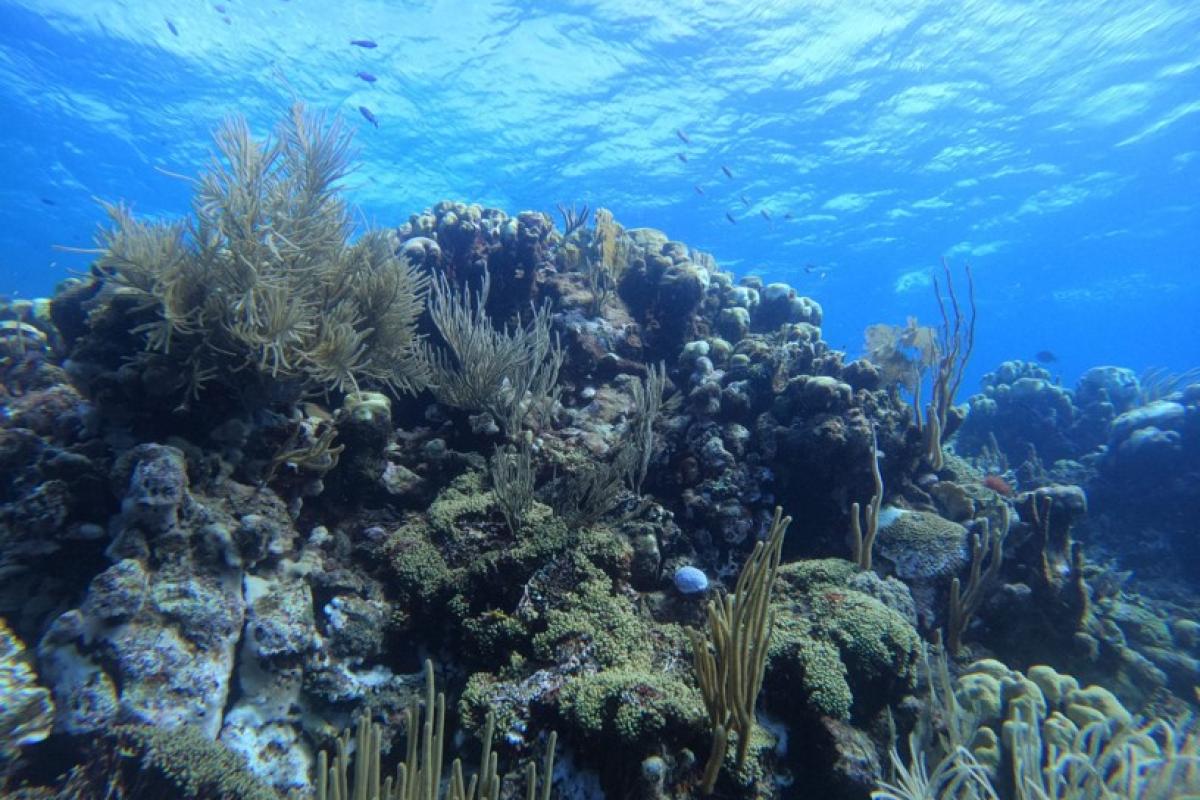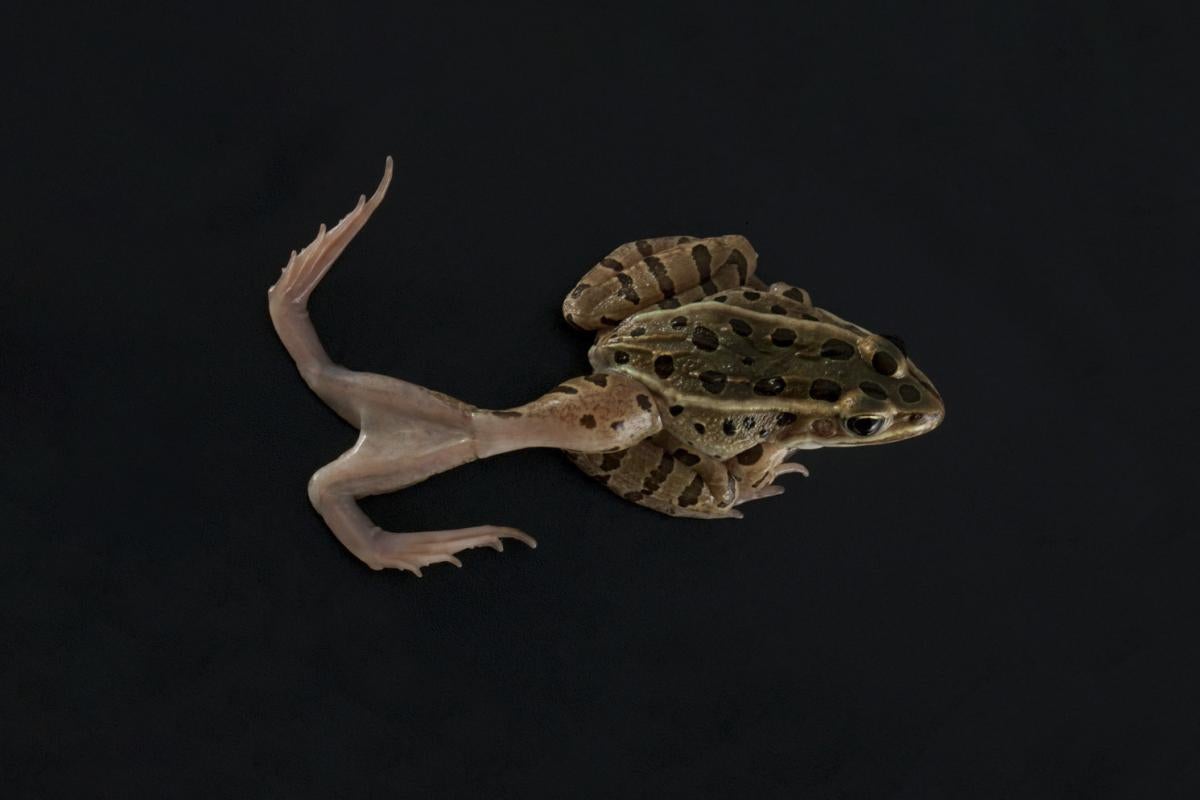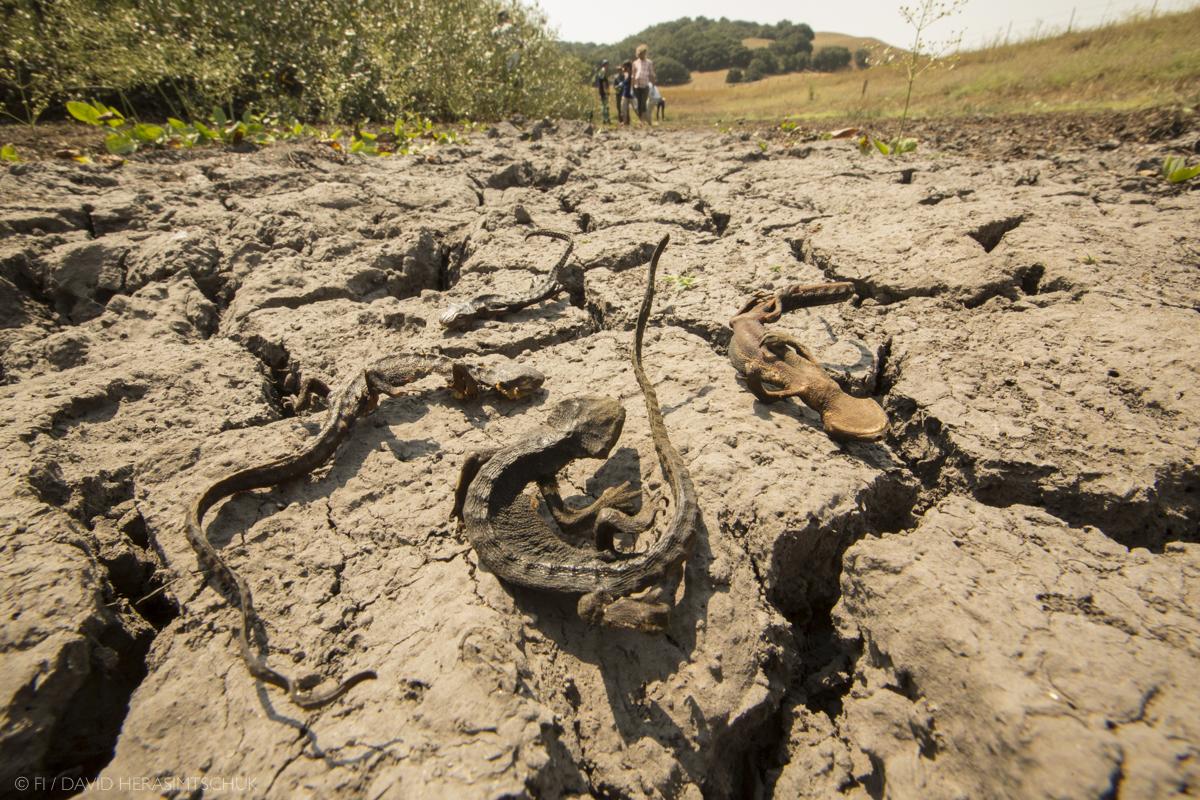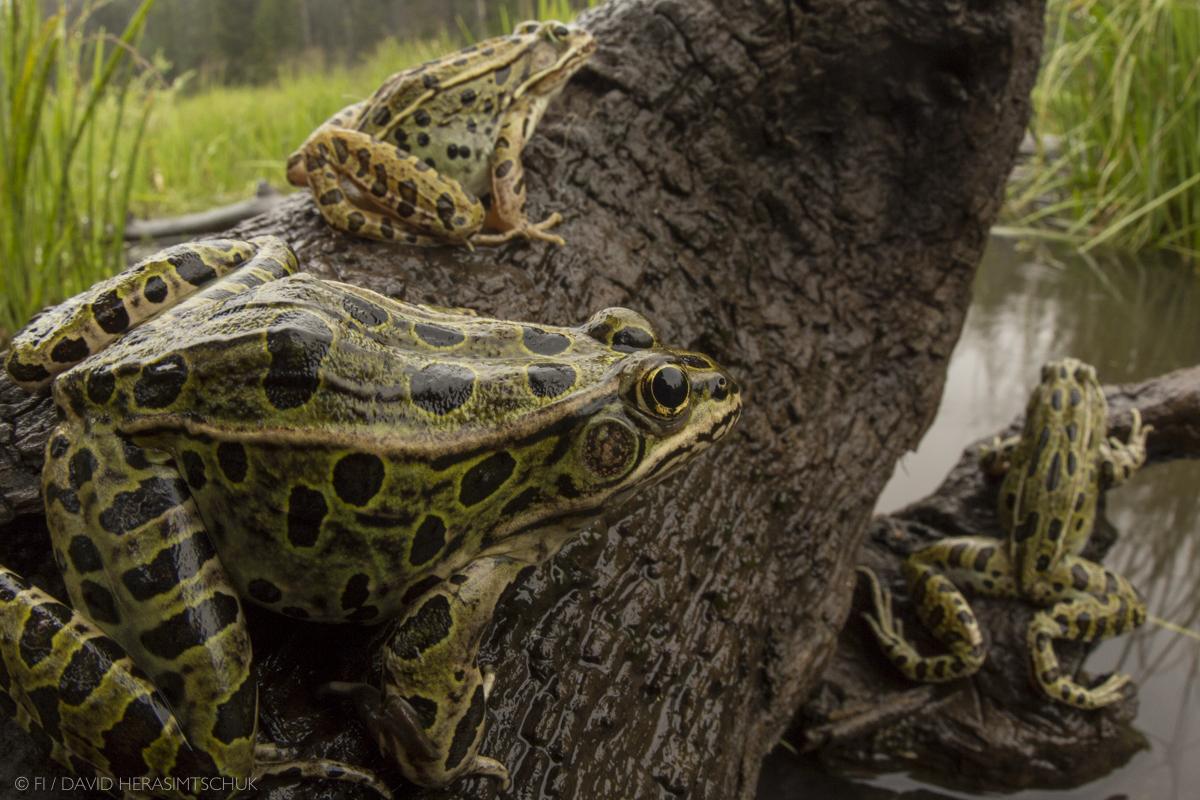Research
How do changes in biodiversity influence disease?
Disease emergence and biodiversity loss are two of the most pressing environmental challenges of the modern era. Each is driven predominantly by human-mediated alterations in the environment. Although changes in biodiversity and infectious diseases have often been studied separately, the importance of interactions between them has received comparatively little attention. Under what circumstances will disease epidemics drive species losses? And, reciprocally, can higher levels of biodiversity reduce parasite transmission (i.e., the dilution effect) or lead to increases in infection (i.e., the amplification effect)? Through what ecological mechanisms and at what magnitude relative to other pathways known to affect parasite spread, such as changes in host density?
How is disease emergence affecting reef communities?
Coral reefs are among the most biodiverse ecosystems on Earth, yet surprisingly little is known about the ecological roles of parasites within these environments. As a result, our knowledge about how parasite infections are changing through time – and the implications of such changes – is severely limited. In the Caribbean Sea, we are studying the ecology and emergence of parasites in coral reef ecosystems. By combining information from archival museum samples, infection surveys among reefs and across countries, and detailed assessments of host behavior and ecology, our group aims to evaluate the factors driving large-scale changes in infection as well as its consequences for reef communities.
What’s wrong with our frogs?
Our group studies parasites and pathogens in amphibians as a model system to investigate how environmental change affects the levels of disease pathology. Currently we seek to understand how different forms of environmental change, including pollution (e.g., nutrient and pesticide runoff), climate change, and biodiversity loss, affect parasite abundance and the frequency of disease pathology. Given global losses in amphibian populations and species, an additional and no less important priority is to identify the consequences of such pathology for amphibian population persistence.
How do diseases respond to extreme weather events?
Climate change is projected to influence the dynamics and distributions of many parasitic diseases of both humans and wildlife. Whether changes in drought frequency, heat waves, and flooding events will serve to increase or reduce disease depends on the differential responses of parasites, hosts, and their interactions. Available forecasts suggest that climate change will involve changes in mean temperature as well as the timing and availability of water, yet relatively little is known about how such shifts affect parasite-host relationships.
Our troubled waters
Freshwater ecosystems are in the midst of a biodiversity crisis, with more threatened or extinct species than terrestrial and marine ecosystems combined. These systems are confronted with threats from invasive species, infectious diseases, climate changes, and direct destruction. In many cases, the mechanisms through which these forms of environmental change interact remain poorly understood. Working in aquatic ecosystems, we strive to understand how different types of both abiotic (e.g., water availability) and biotic (e.g., invaders and pathogens) individually and collectively affect the persistence of native species, the resilience of natural communities, and the ecosystem processes inherent to fresh waters.


